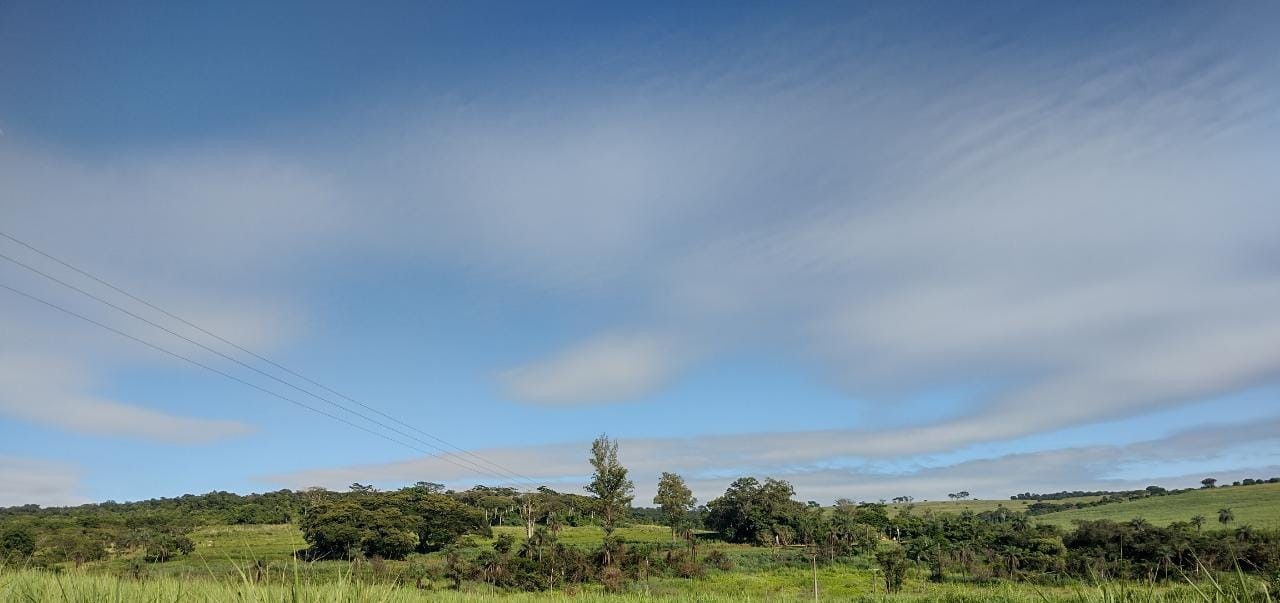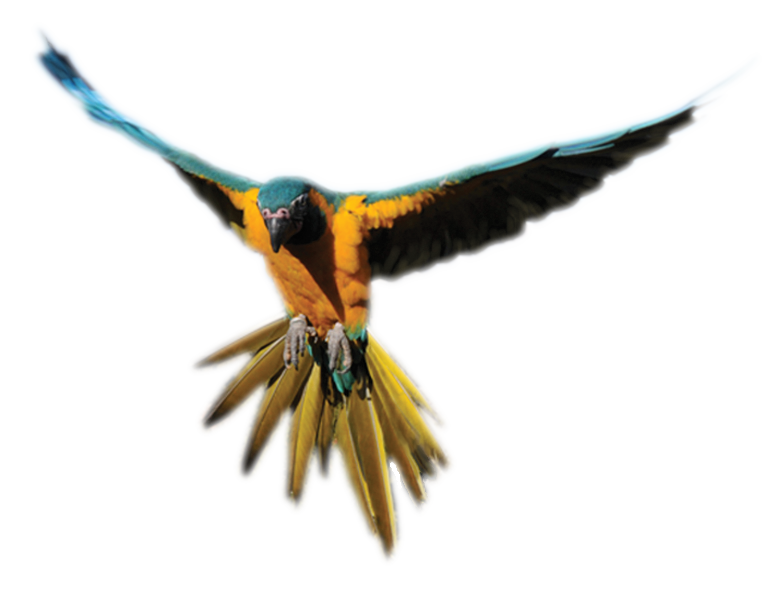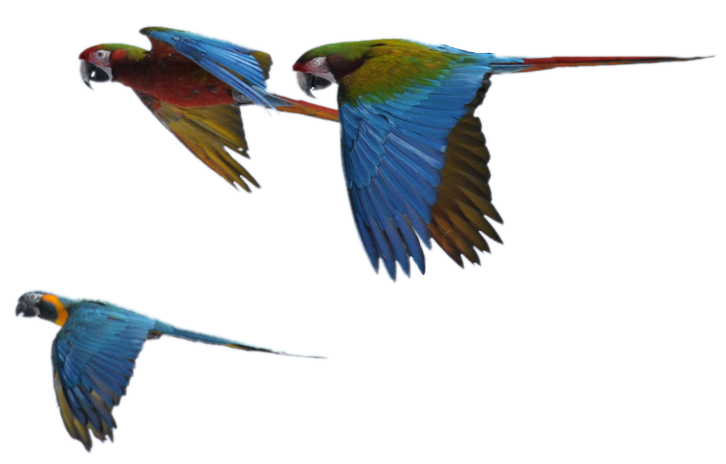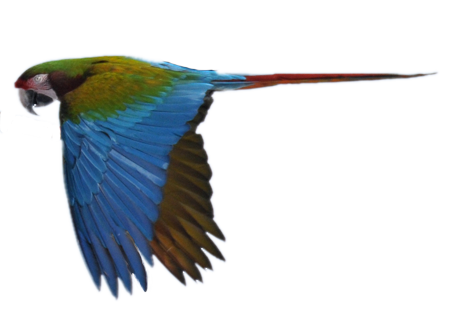Nearly all palm tree fruits can be used as food for parrots, recently blue and yellow macaws in Mato Grosso State (Brazil) were recorded drinking coconut water from small unripe fruits, it went viral on the internet. As for choosing palm tree species to help expand the area where the macaws can feed once the population starts to grow, we chose five very important palm tree species, jerivá, gariroba, licuri, juçara and pupunha. A very good example of interdependence of species occurs among toucans and parrots, toucans can easily prey on parrot eggs and chicks, but they also feed on palm trees that serve as food for both parrots and toucans. While parrots break the fruit and eat the nut, toucans don´t have such strong beaks and instead, they feed on the fruit flesh and once the nutshell is cleaned inside the toucan gut, the toucan will regurgitate the nutshell dispersing the palm tree seeds.
Jerivá naturally occurs in the area where we will be releasing the blue and yellow macaws, it is a beautiful plant that has been planted as ornamental plant in gardens and yards. The tree can reach up to 15 meters tall and has a diameter that if or when the plant dies, it may serve as a nesting place, but this is not the major reason we chose this species. The reason we chose jerivá is because the fruits and nuts are enjoyed by parrots and because they produce fruits all year round.
Gariroba also occurs where the blue and yellow macaws will be released, it produces larger fruits with larger nuts that are very attractive for larger parrot species. Due to extraction of palm hearts, the number of gariroba has declined considerably in the recent years, so by planting gariroba seedlings, we will be helping birds and plants to reestablish. Gariroba has narrower stem, but produces larger nuts and fruits, as the plant itself if more fragile, the production of fruits is more seasonal and more prominent during the rainy season.
Licuri is a key species for the correct establishment of larger population of Lear´s macaws and for the survival of the Spix´s macaws when released, this is enough to encourage us to help increase the licuri numbers so that two very emblematic blue macaw species can survive. As for the date, Spix´s macaws are still in the planning of releasing, but licuri takes a minimum of 8 years to start producing fruits, that means we need to plan 8 years from now and envision how will these macaws survive if we do nothing to help.
Juçara is a rather fragile palm tree that needs good environmental conditions to reestablish a population. It has declined greatly due to the palm hearts industry and not until very recently the fruit has gained economical value for humans that consume a sort of juice extracted from the fruits and served as ice cream. There are a lot of birds that feed on juçara fruits, most of them disperse their seeds, but that is not the case of parrots that eat the nuts inside the fruits. Because there are so many species that benefit from juçara and because by planting these trees we are helping not only the plant but also the animals that feed on their fruits, it is on our priority list.
Pupunha is the only native palm tree, except for coconut, that can be considered domesticated, it originally had spines on the leaves and trunk, but the native Americans selected a cultivar without spines. Originally the species occurred only in the western part of the Amazon basin, the native Indian tribes spread this species throughout the Amazon Forest and further south into the Cerrado region. Due to being very productive, fast growing and growing in clumps, if the largest plant of the clump dies, it may serve as bird nest while the second largest now grows more and subdue the dead one. This is also considered a sustainable way for palm heart production. Parrots eat their fruits and nuts, for this reason it is on our list.
Along springs and streams we can plant fruto-do-sabiá, a plant that attracts a plethora of species of birds that then bring seeds in their gut content, as they come from many different areas, they´ll bring various plant seeds. This plant will boost the plant diversity in the area, but better than that, birds will be attracted to key points where the seeds they carry will be dispersed. After that, seedlings will grow under this tree shade and eventually surpass it, now we have a forest restored with minimum affords. Conures (Eupsittula aurea), parakeets (Brotogeris spp) and parrotlets (Forpus xanthopterygius) have been observed feeding on fruto-do-sabiá shoots, flowers and fruits. Captive macaws also enjoy feeding on fruto-do-sabiá, even though we cannot guarantee the released macaws will also exploit this food source, the environmental benefit of planting this tree in helping forest restoration is well justified.
Parrots, with very few exceptions e.g., quaker parrot (Myiopsitta monachus), do not build nests, instead, they nest in cavities that must be available. Originally tree cavities were not a problem as there were enough cavities for parrots and other animals, as for nowadays, this scenario has changed a lot and there is a competition for tree cavities and not enough for all the animals that use them -not only parrots, many mammals use tree cavities as shelter. There are some tree species that naturally are prone to breaking branches that will then make a cavity in the tree stem. As time goes by, this cavity grows bigger and can now host an animal inside. Hollow dead palm trees serve well for this purpose, but it also means we lost a palm tree as a food source. So, we include manduvi, a plant with relatively weak branches that naturally break and form suitable nesting places. Another good point for us choosing manduvi is that their nuts serve as food source for parrots as well as seed dispersals such as toucans and trogons. Manduvi matures its fruits during the dry season when food is more scarce, also it is well known and documented as a nesting site for hyacinth macaws.
